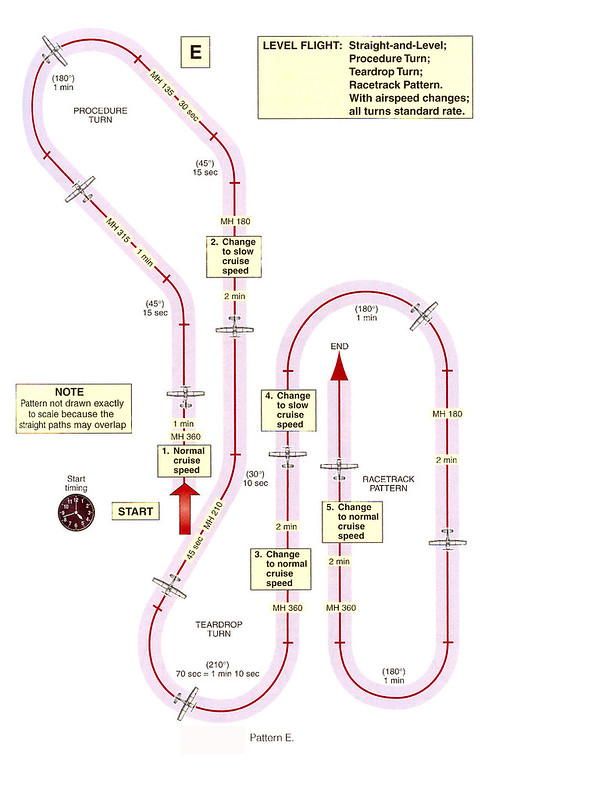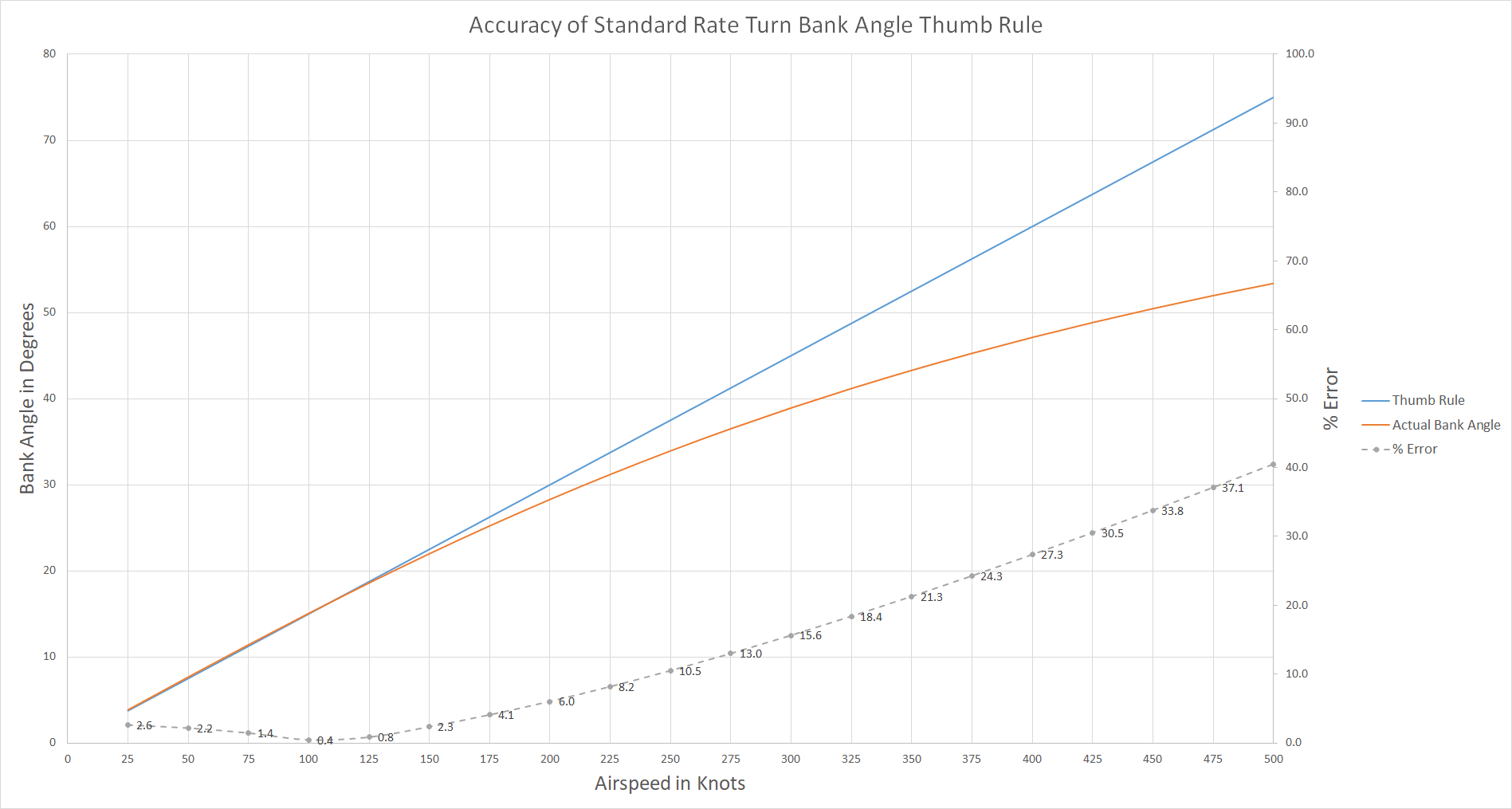FastEddieB
Touchdown! Greaser!
- Joined
- Oct 14, 2013
- Messages
- 11,419
- Location
- Lenoir City, TN/Mineral Bluff, GA
- Display Name
Display name:
Fast Eddie B
If I were still teaching instrument students, I'd still include timed turns - not because its likely they'd ever need them in action, but because it gets them used to using the clock or a timer in their scan, later necessary on timed approaches and holding.
To that same end, I also found Patterns A and B handy for the same thing, plus practicing basic attitude instrument flying before getting all involved in navigation and approaches.

To that same end, I also found Patterns A and B handy for the same thing, plus practicing basic attitude instrument flying before getting all involved in navigation and approaches.





